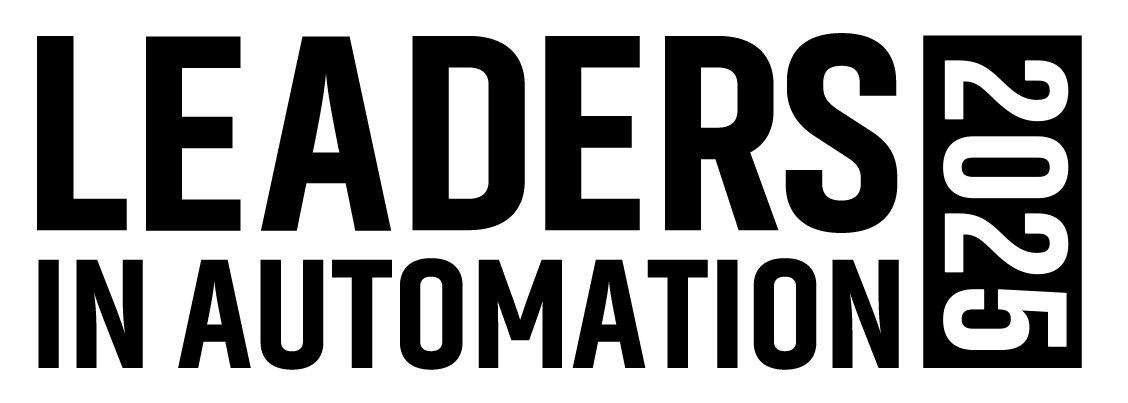Indeed, on a daily basis I noticed better reception and almost no dropped calls.
That was then, and this is now, as they say. My handset just suffered a little setback, and now I can’t read the display. As a long-time Palm user (since November 1996, in fact), I thought that this would be an ideal time to integrate my Palm and phone and get a Treo. That was when I left the surface of planet Earth and entered purgatory.
Since the company I work for owns the plan, the new cellular company wouldn’t upgrade my handset unless my plan was changed (upgraded) from the old company to the new company. “Wait,” I protested, “I’m now a customer of the new company.”
“No,” they said, “you’re still a customer of the old company until you upgrade to us.” But ... I can’t upgrade. The whole company has to upgrade at the same time. Apparently at some considerable cost.
Still no dice
So, I go to a friendly competitor. I’d like to keep my number, since it’s a business number and people all over the place have it. The competitor says, “Sure.” That is, they say that until I go to the store to sign up. Then they want to know the plan number. Oops, it’s in the company’s name. We won’t transfer you over by yourself. We want the entire company to change. It’s all or none.
So now I have a new phone, a Treo, but I also am the proud possessor of a new number. Also, a new provider. It’s a pain, but I’m slowly working my way out of purgatory (I don’t know if that is a theologically correct statement, but it fits the message).
Tying this to the headline ... I’ve been pondering the state of service in the automation business. Software companies are notorious for service complaints—hard to upgrade, hard to get support, inadequate mergers when companies combine, bugs, version update glitches and so on. Look at the consolidation among automation software suppliers lately. For example: GE Fanuc bought Intellution and Mountain Systems; Siemens bought Orsi and Moore Products; Rockwell Automation bought Interwave Technology and ProPack Data; Tecnomatix bought USData, then sold to UGS.
So, how is all this change affecting users of the software? Have you gotten the same runaround that I’ve been getting? We at Automation World want to know. Look for a survey in our e-mail newsletters and online in the coming weeks. Let us know about your experience in all its gory detail. As one industry insider told me last year, “A survey like this would set the industry on its ear.” We shall see.
Looking long term
I’ve had two conversations with Honeywell Process Solutions’ Director of Product Marketing Peter Zornio in the last month. The question came up about how customers are buying in this age of consolidation. He says has seen purchasing power over automation shifting to the purchasing/supply management group and away from technologists. The implication is that these people are graded on lowest purchase price. They make the (sometimes implicit) assumption that all technology is pretty much the same, and a commodity, so price is the only differentiator.
On the other hand, some top marketing people in other supplier companies have told me that they do have customers who evaluate the total cost of ownership when making purchase decisions. So not everyone is in the short-term thinking camp.
I’m curious. Where is the purchasing power these days? What are the important parameters? Drop me a note and let me know.
